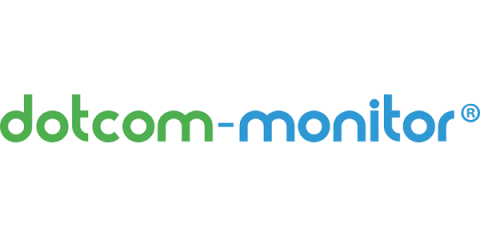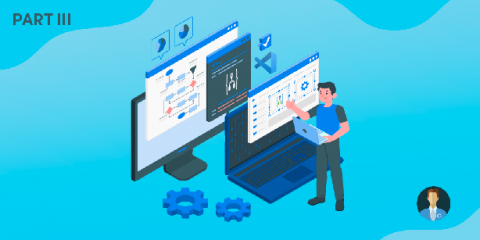Operations | Monitoring | ITSM | DevOps | Cloud
Serverless
The latest News and Information on Serverless Monitoring, Management, Development and related cloud technologies.
Webinar: Debugging AWS Lambda Timeouts with Yan Cui
Webinar: Debugging Slow Lambda Response Times
Webinar: Improving AWS Lambda Cold Starts
Workshop: Troubleshooting Serverless Applications
Monitoring Serverless Applications
Serverless. It’s likely you’ve already come across this term somewhere, but what exactly does it mean? Well, to start, serverless, or serverless computing, doesn’t really mean there aren’t servers involved, because there are, rather it refers to the fact that the responsibility of having to manage, scale, provision, maintain, etc., those resources now belong to cloud providers, such as AWS Lambda, Google Cloud Platform, Microsoft Azure, and others.
What's a "normal" amount of Lambda functions?
2020 – what a ride it’s been! The state of the world this year has definitely been unpredictable and ever more surprising. So for some interesting insights and stability, we’ve turned to Lambdas. Namely, the state of Lambda functions in 2020! Ever wondered how others look without their face masks on? At Dashbird, we get to (metaphorically speaking) see what everyone looks like behind their serverless masks (read: stacks), and identify trends and patterns.
Azure Logic Apps 101 - Developer tools: what are my options (Part III)
Why we built a Jamstack site
Last month, inspired by JamstackConf I built Jamstackery.website. This mini-site runs on AWS, and is managed by our platform. Our hope is that this mini-site demonstrates the promise of an architecture that blends containers with functions, and all the supporting certificates, permissions, and resources necessary to provide a world-class infrastructure.
FaaS Vs. Serverless: Resolving the Dilemma
In the vast ever-changing world of technology, Serverless and Faas are the two new categories of cloud computing services. Both FaaS and Serverless have helped organizations in saving money, refocusing developers’ time, relegating infrastructure management, and harnessing cloud technology. However, while both are treated as the same, there is a slight difference. Through this post, we will shed light on the similarities and differences between FaaS vs.











